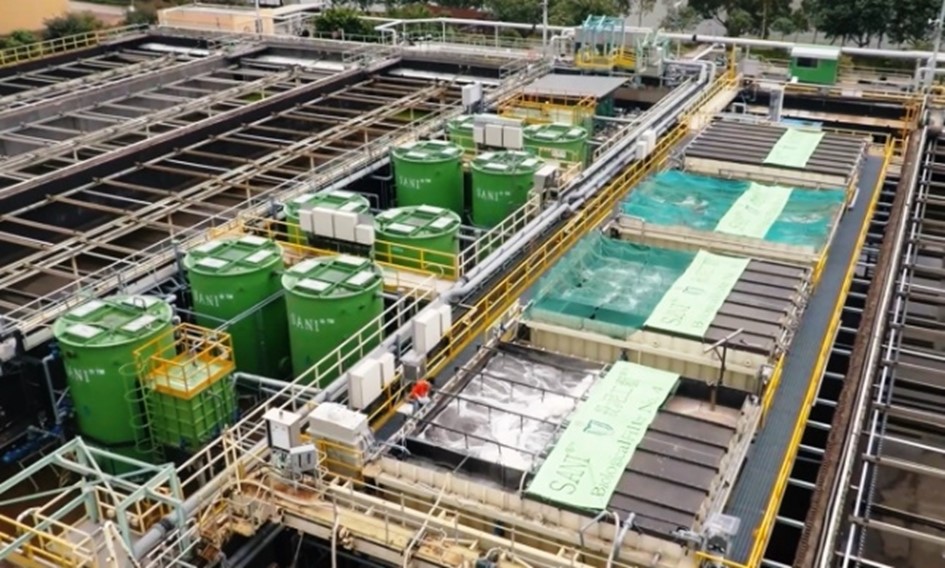Water is the source of life but rising pollution due to population growth, industrialization and urbanization threaten to cause a shortage in access to fresh water. As the situation becomes more precarious, learning how to cherish limited water resources is a problem that everyone around the world needs to ponder.
Led by Professor Guanghao Chen at the Department of Civil and Environmental Engineering, the research team from the Hong Kong University of Science and Technology (HKUST) has developed a cutting edge water recycling system. It has solved the problem of sewage treatment, helping reduce cost as well as meet the increasing demand for fresh water in Hong Kong. Not only that, it has also received international recognition for the technologies used.

4 billion people, nearly two-thirds of the world’s population, face severe water shortage for at least one month every year
2.3 billion people live in countries where the water supply is inadequate and 733 million live in countries with severe water shortages, such as Pakistan, Eritrea, Turkmenistan, Botswana
By 2030, about 700 million people could be displaced by severe water shortage. In addition, conflicts have occurred in many areas with extreme and high water shortages, and water may be one of the causes of conflicts. These areas include Israel, Libya, Yemen, Afghanistan, Syria and Iraq.
© 2025 University Grants Committee Secretariat. All rights reserved